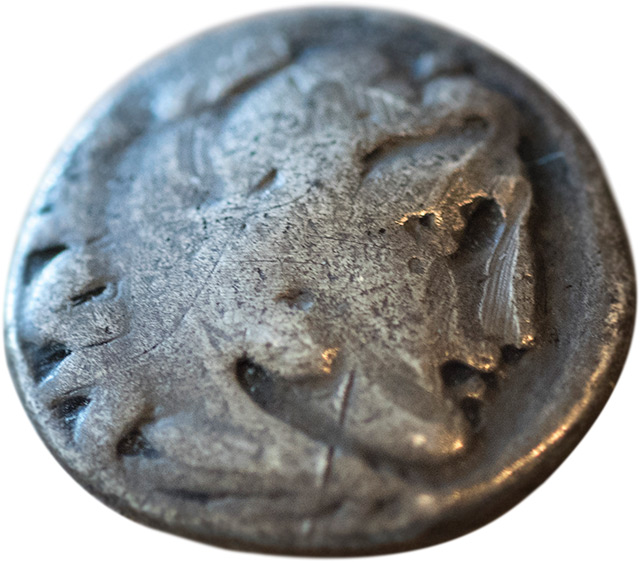ABOUT what we keep
We interviewed hundreds of people about the most meaningful object in their life and gathered their stories in a book. The project is ongoing …
Three years ago, we began to talk to people about the single object in their life that carries the most emotional significance. We interviewed hundreds of people from every state, circumstance, and job imaginable, from Melinda Gates to an Alaskan bush pilot, from Cheryl Strayed to a man wrongly imprisoned for 34 years, from a cloistered nun to a former counterfeiter to the head of the Library of Congress. They told us stories about treasured pocketknives, pincushions, rubber ducks, a boxing glove worn by Muhammad Ali, and countless other things we never would have imagined.
The idea for gathering these stories took shape as we started to notice shifts in the ways people are thinking about the objects in their lives. As every turn of season now seems to bring biblically destructive fires, floods, and hurricanes, more and more of us find ourselves facing a no-longer-theoretical question—“what would I take?”—in real time and with heartbreaking consequences.
But of course it’s not just our climate that’s changing. The drive to have less stuff is clearly in the Zeitgeist: Our books, music, and photographs have moved from our shelves to the cloud, and the “sharing economy” encourages us to borrow rather than own; at the same time, we’re seeing a cultural shift toward valuing experiences over things. And with the Tiny House movement nudging Americans to trade in that McMansion for 400 clutter-free square feet, it’s not surprising that Marie Kondo has sold more than five million books urging us to rid ourselves of those possessions that fail to “spark joy.”
As we thought about the objects that take on meaning in people’s lives—those treasures and trinkets we display on our shelves and stash in our drawers, that provide us with comfort simply because we know they’re there—we wondered how these changes might transform people’s relationship to physical objects. And we became intrigued by what made these objects important in the first place.
Not one of the hundreds of people we interviewed chose an item because of its monetary value; it was the story behind the object—who gave it to them, when they got it, what it represented—that made it worth keeping. And so that’s what we focused on collecting: the unique stories that get wrapped tightly, if temporarily, around these humble yet treasured objects, these objects that give our life joy, magic, and meaning.
P.S.: GRANDPA’S AX? An old charm bracelet? A Christmas ornament, magic wand, or a hubcap? If you have a treasured object, we’d love to hear about it. We’re still talking to people, still collecting unique stories. You can share yours on the Your Story page.







